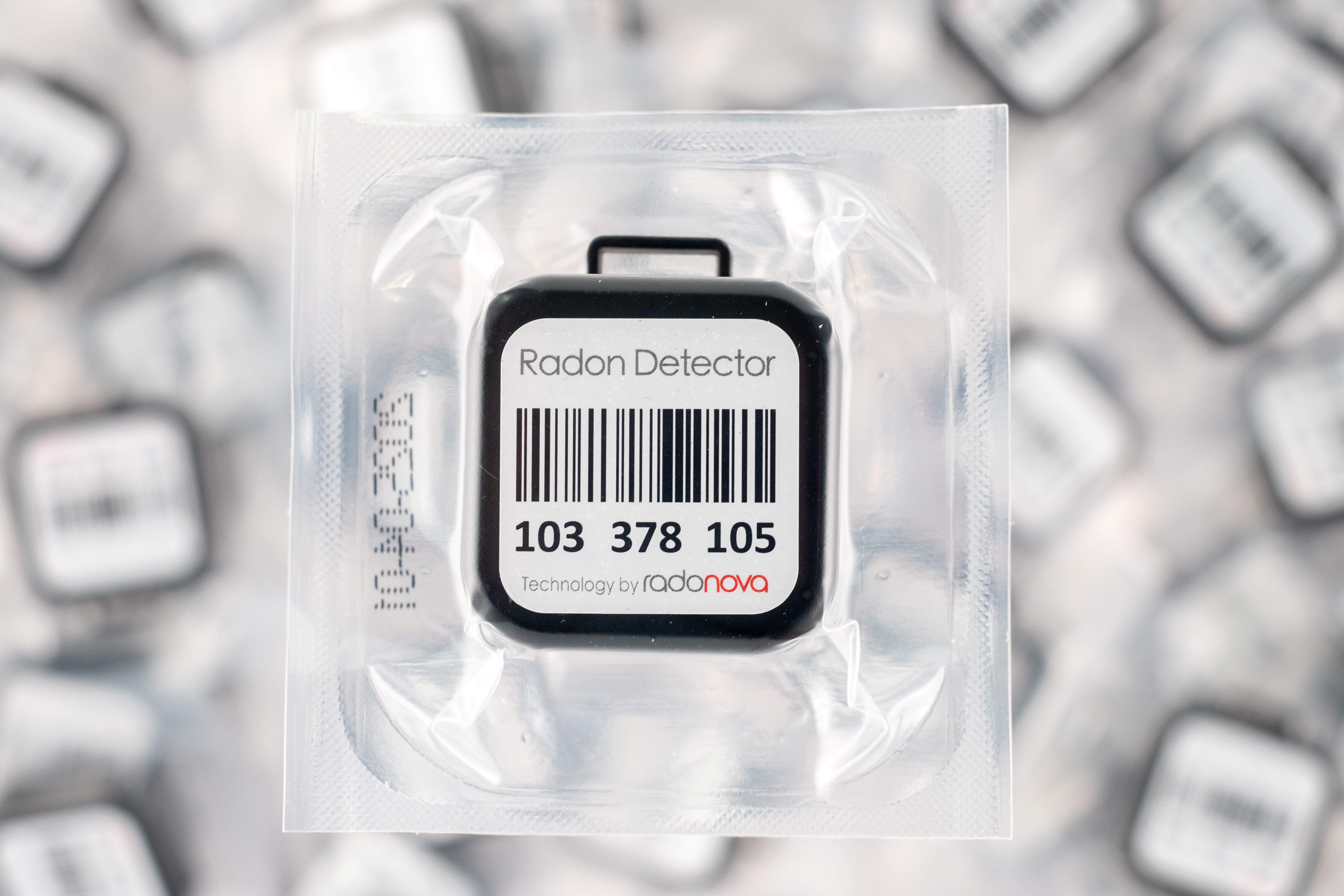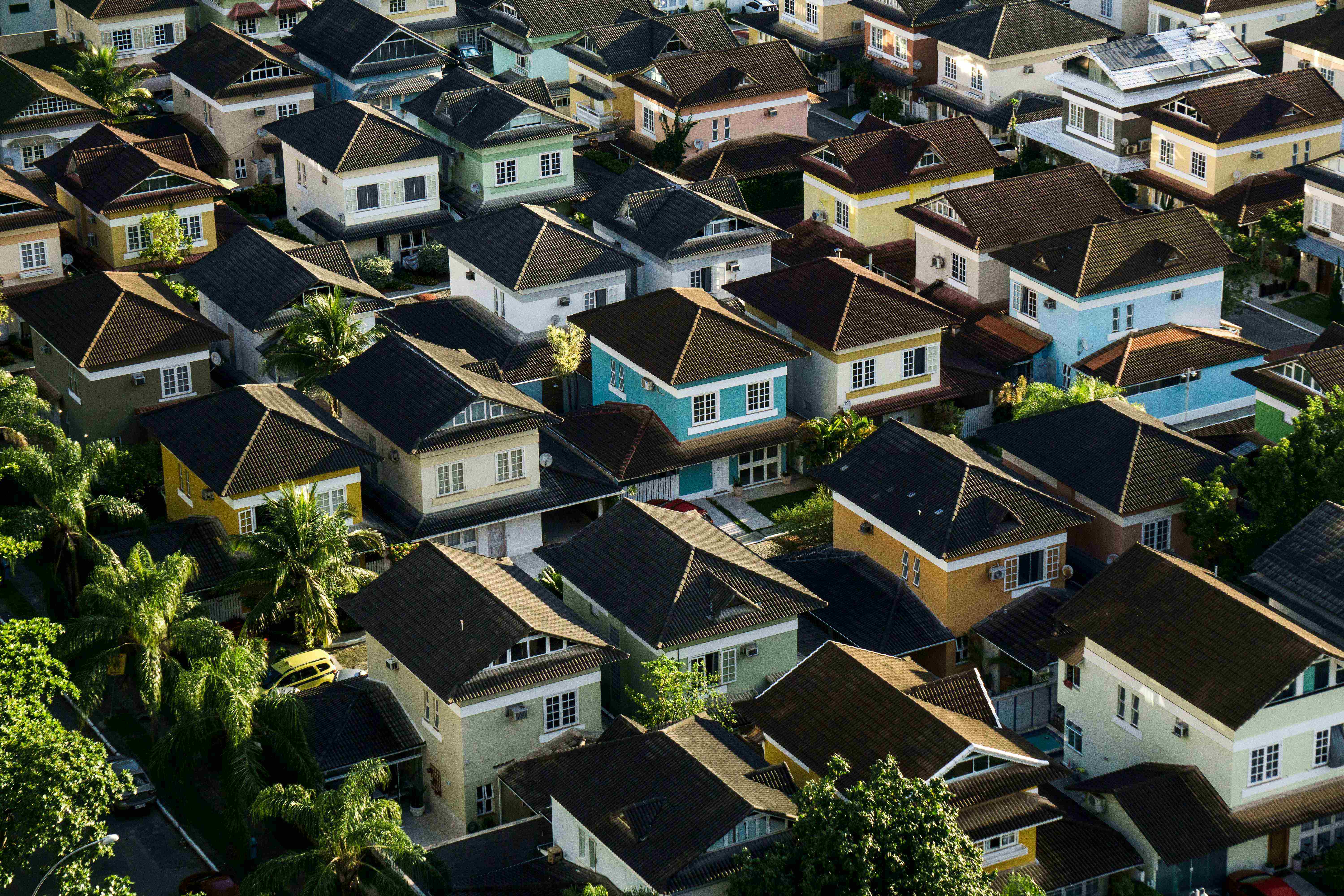Since the EU’s new radiation protection directive (2013/59/Euratom) came into force in 2018, it is mandatory that employers should be aware of radon levels in the workplace. The new directive has entailed new national laws in member states, which has resulted in an increasing number of workplaces measuring radon levels. However, at the same time, there is a lack of knowledge about how a safe and reliable radon measurement should be conducted.
As the world’s leading radon laboratory, Radonova Laboratories has produced a “how to guide” that can help employers carry out radon measurements correctly.
First get an overview – long term measurement by an accredited laboratory
If you have never measured radon before, you should start first with a preliminary measurement by an accredited laboratory. These measurements should be carried out over a three-month period in order to obtain an annual average of the radon level. Note, this initial measurement must be performed during specific measurement seasons in some countries.
The main cost is not radon detectors – make sure you get it right from the start
When ordering a radon measurement, a common question is how many radon doses are needed. Unfortunately, many countries do not have an official methodology detailing how a measurement at a workplace should be carried out. And if there is, they are usually very difficult to interpret for most employers. Therefore, it can be hard to estimate the number of radon doses required. For this reason, we recommend that employers who measure radon levels use the international methodology recommended by The International Radon Measurement Association (IRMA). Yes, it will result in more measuring points than is suggested by a national organisation, but by following IRMA guidelines you do not risk missing certain areas of the workplace, which can result in time-consuming remeasuring.
The main cost of workplace radon measurement is in the deployment and collection of detectors and the investment in radon consultants if remeasurements are required. In the event of elevated radon levels, the commissioned radon consultant will be in a position to work more efficiently if more points have been measured at the outset. So, by following IRMA guidelines, you will have access to relevant documentation which enables you to conduct measurements which are appropriate for your business.
Rules for calculating the number of radon detectors.
The guidelines in IRMA’s method description for calculating the number of radon doses required are straightforward. By following them, you will also meet national criteria for measuring radon in workplaces.
Here’s how to calculate the number of radon detectors based on IRMA’s guidelines:
• Radon detectors should be placed in rooms where employees spend more than 4 hours per day and in basements where staff stay more than 50 hours a year
• For larger rooms and premises in the ground floor or basement, a radon detector per 150 m² should be placed
• For larger rooms and premises on other floors, a radon detector per 250 m² should be placed
• Use at least two radon detectors per building and floor
• Always measure in rooms where you and your colleagues spend the most time
If you have additional questions about the required number of radon doses and how to conduct a radon measurement, why not contact Radonova’s specialists.







